They took combinations of antiretroviral drugs for varying times between a year and 76 years with a. Population studies proved that AIDS patients who did not take HIV medications survived for roughly three years.
 Facts About Hiv Life Expectancy And Long Term Outlook
Facts About Hiv Life Expectancy And Long Term Outlook
At that point the body is susceptible to a wide range of infections and cant.

How many years hiv patient live without treatment. One recent study used mathematical modeling to predict that some HIV positive people perhaps 10 or more may live up to 25 years without getting. During this stage HIV continues to multiply in the body but at very low levels. HIV infection can be overlooked in aging adults who tend to present with more advanced disease and experience accelerated CD4 loss.
The survival rate for HIV-positive. The study is published in the July 26 th edition of The Lancet and showed that an individual starting successful HIV treatment aged 20 would be expected to live to be 63 and that a patient initiating an anti-HIV. The life expectancy after a stage 3 HIV diagnosis is 3 years.
Viral suppression allows HIV-positive individuals to live a near average lifespan. The group includes 10 men and four women. HIV induces immune-phenotypic changes that have been compared to accelerated aging.
In 2019 85 of the estimated 13 million pregnant women living with HIV globally received ARV drugs to prevent transmission to their children. In 2011 the total life expectancy bumped up to about 70 years. And AIDS leads to death.
In the period 2014 to 2016 the HIV-positive 21 year old was predicted to be living without any of the mentioned health problems to the age of 36 whereas their HIV-negative peer would do so to the age of 52. Effective ART has prolonged the life expectancy of people with HIV increasing the number of adults aged 50 years living with HIV. This meant that the issues of aging were not a major focus for people with HIV disease.
A large international study has provided evidence that people taking HIV treatment can now expect to live into their 60s and beyond. However unique challenges in this population. A growing number of countries and territories are achieving very low rates of MTCT with some formally validated for elimination of MTCT of HIV.
For people living with HIV who are not diagnosed or taking ART signs of HIV-related illness may develop within 510 years although it can be sooner. After becoming infected with HIV people could expect to get AIDS within about 10 years and then live only 1 to 2 years more. Once they developed a dangerous opportunistic illness life expectancy with AIDS in the absence of treatment decreased to one year or less.
Without ART chronic HIV infection usually advances to AIDS in 10 years or longer though in some people it may advance faster. According to AIDSinfo it takes at least 10 years without treatment for most people with HIV to develop AIDS. In 1996 the total life expectancy for a 20-year-old person with HIV was 39 years.
Without treatment a person may develop stage 3 HIV 215 years after contracting the infection. People who are taking ART may be in this stage for several decades. WHO recommends lifelong ART for all people living with HIV regardless of their CD4 count and the clinical stage of disease.
This includes pregnant and breastfeeding women. In the early days of the epidemic the answer would have been simple--and hard to take. If a person begins antiretroviral drugs after diagnosis they can extend their life by an average of 51 years.
But for fewer than 5 percent of those infected HIV doesnt progress. Mortality in the first year of HIV treatment. Strikingly this 16-year gap is the same as.
For a 20-year old person starting ART between 2008 and 2010 with a CD4 count of more than 350 cellsmL one year after starting ART the life expectancy was estimated to be 78 yearsnear to the expected life expectancy of the general population. At the start of the epidemic more than 30 years ago people who were diagnosed with HIV or AIDS could expect to live only 1-2 years after that diagnosis. Without combination antiretroviral treatment which came into use in 1996 infection leads to a devastated immune system or AIDS within three to 10 years.
There a very small number of people who have managed to control the HIV infection without ART and are called elite-controllers. The time between HIV transmission and an AIDS diagnosis is usually 10-15 years but sometimes longer. People with chronic HIV infection may not have any HIV-related symptoms.
A 2017 study in the journal HIV Medicine indicates that a person with HIV living in a high-income country would add 433 years to their life expectancy if they receive a diagnosis at age 20.
 Hiv Aids Kuna High School Mr Stanley Questions 1 Write An Example Of How Your Immune System Helps Prevent You From Getting Diseases Ppt Download
Hiv Aids Kuna High School Mr Stanley Questions 1 Write An Example Of How Your Immune System Helps Prevent You From Getting Diseases Ppt Download
 Taking Care Of Yourself When Living With Hiv Avert
Taking Care Of Yourself When Living With Hiv Avert
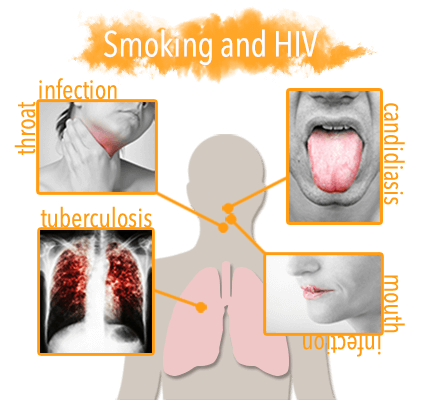 The Connection Between Substance Abuse Hiv Aids
The Connection Between Substance Abuse Hiv Aids
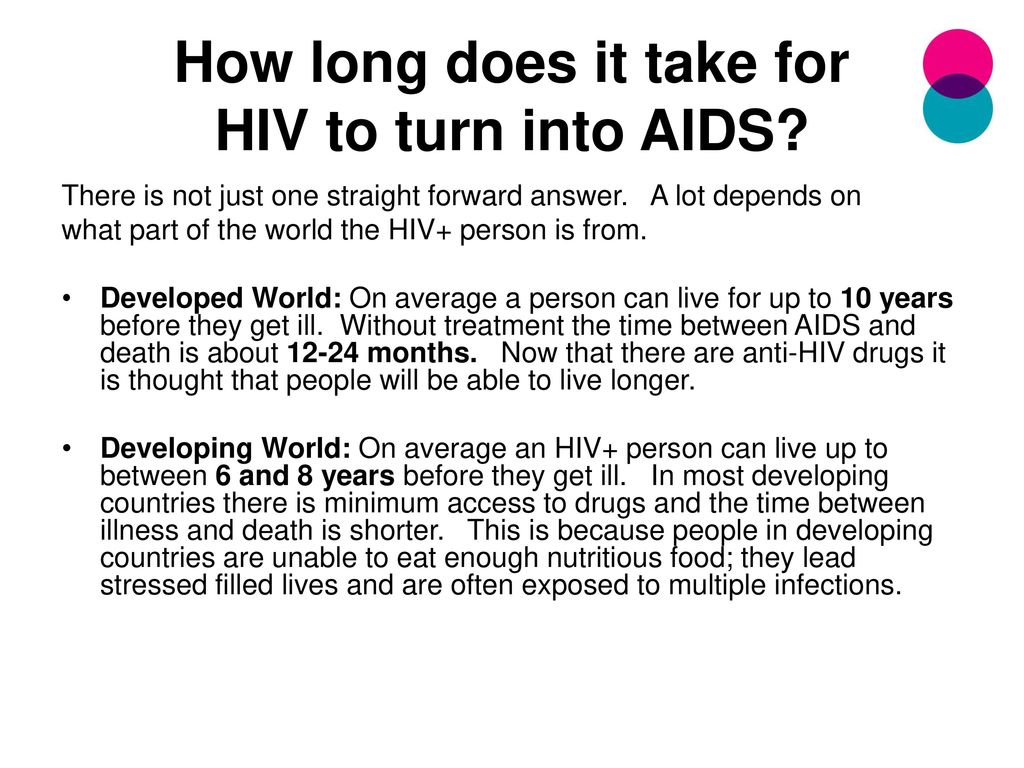 Hiv And Aids Basic Facts Ppt Video Online Download
Hiv And Aids Basic Facts Ppt Video Online Download
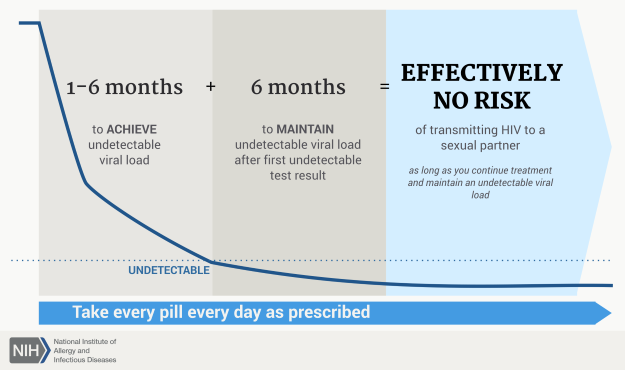 10 Things To Know About Hiv Suppression Nih National Institute Of Allergy And Infectious Diseases
10 Things To Know About Hiv Suppression Nih National Institute Of Allergy And Infectious Diseases
/GettyImages-593309604-58d678b33df78c51629b2af3.jpg) How Long Can I Live If I Get Hiv
How Long Can I Live If I Get Hiv
 Hiv Life Expectancy How Long Can Someone Live With Hiv
Hiv Life Expectancy How Long Can Someone Live With Hiv
 Aging With Hiv Emory Medicine Magazine Emory University
Aging With Hiv Emory Medicine Magazine Emory University
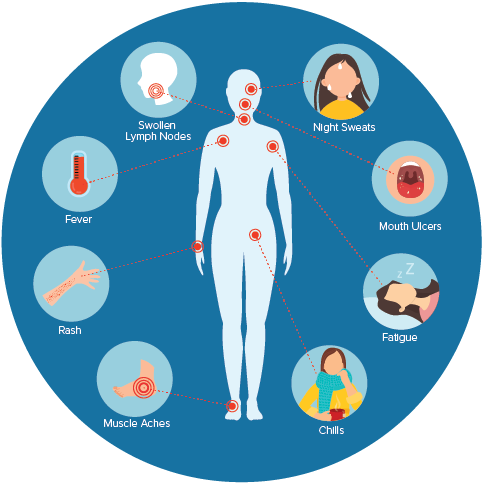 About Hiv Aids Hiv Basics Hiv Aids Cdc
About Hiv Aids Hiv Basics Hiv Aids Cdc


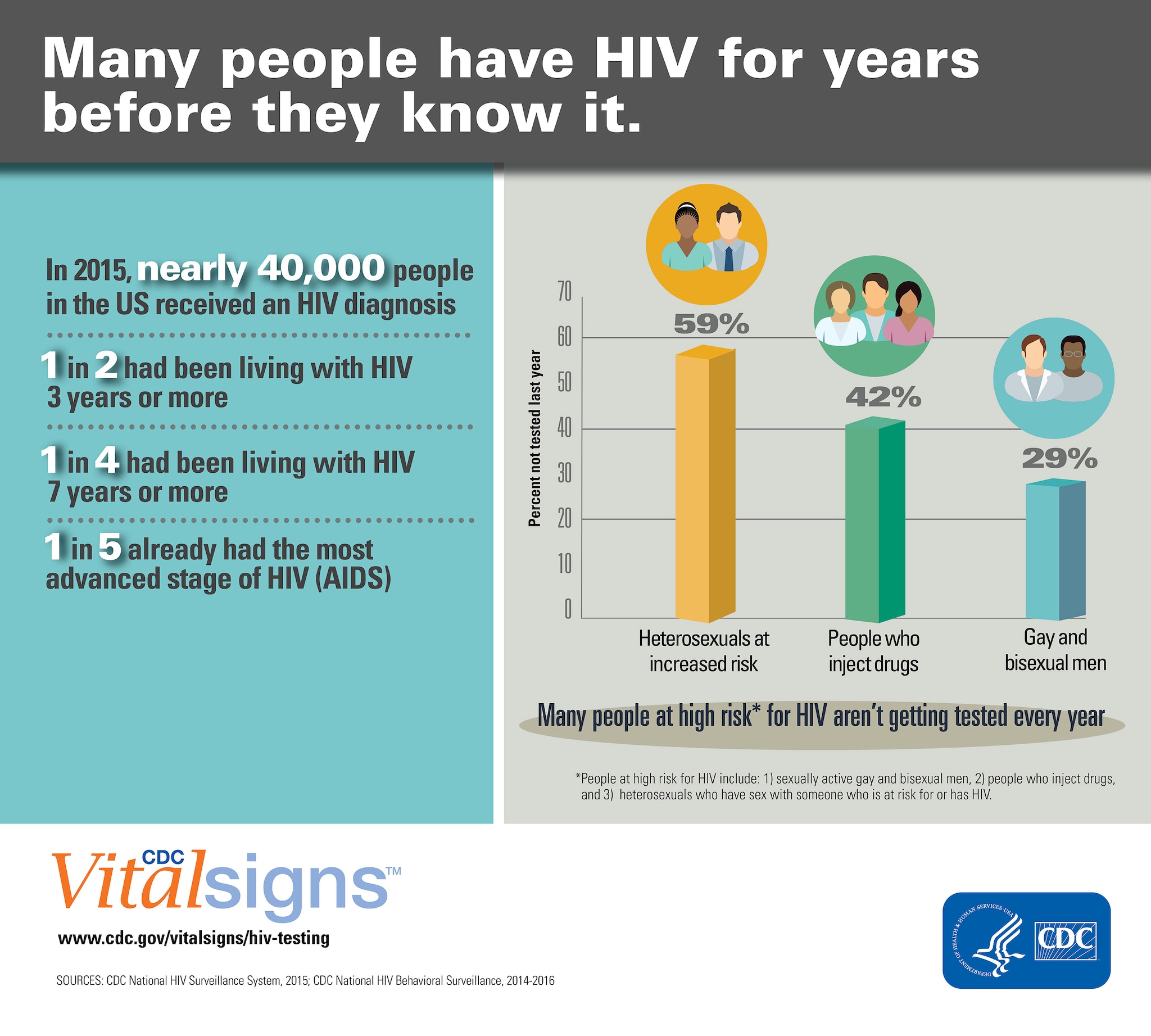

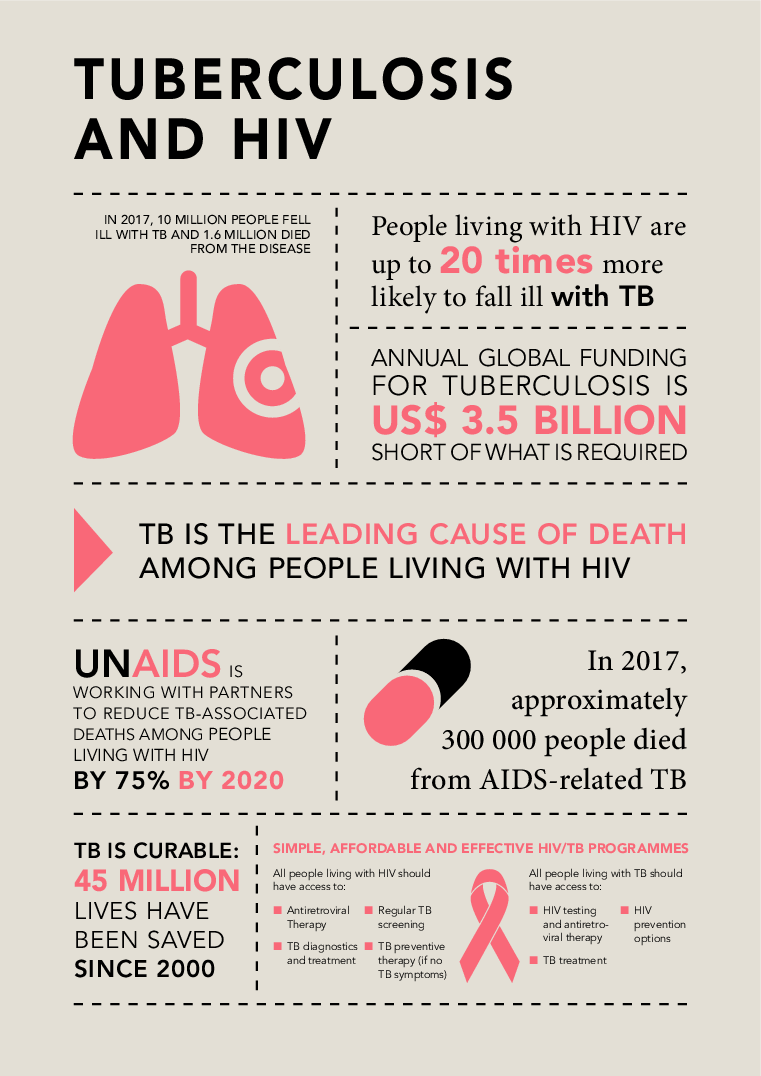
No comments:
Post a Comment
Note: Only a member of this blog may post a comment.